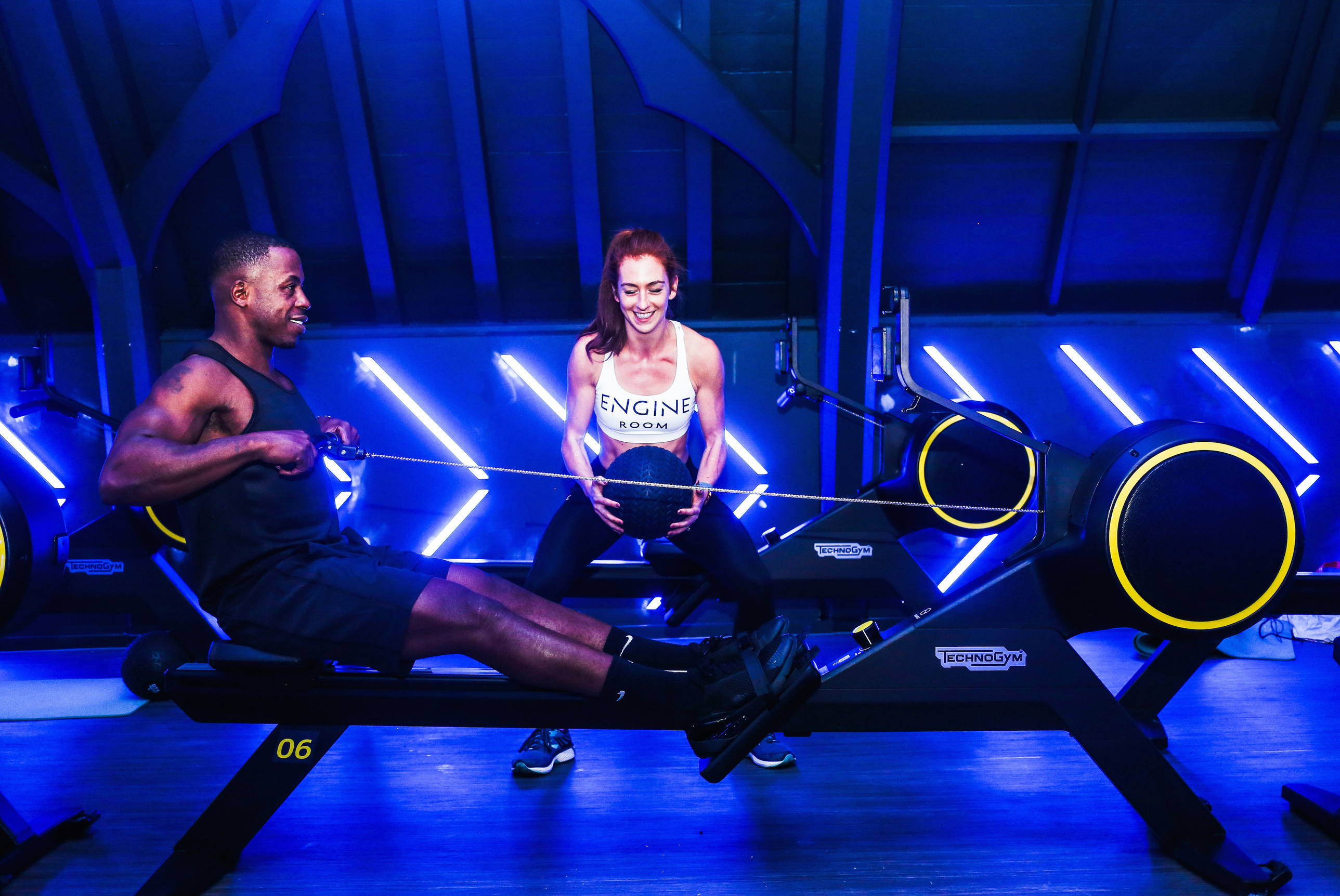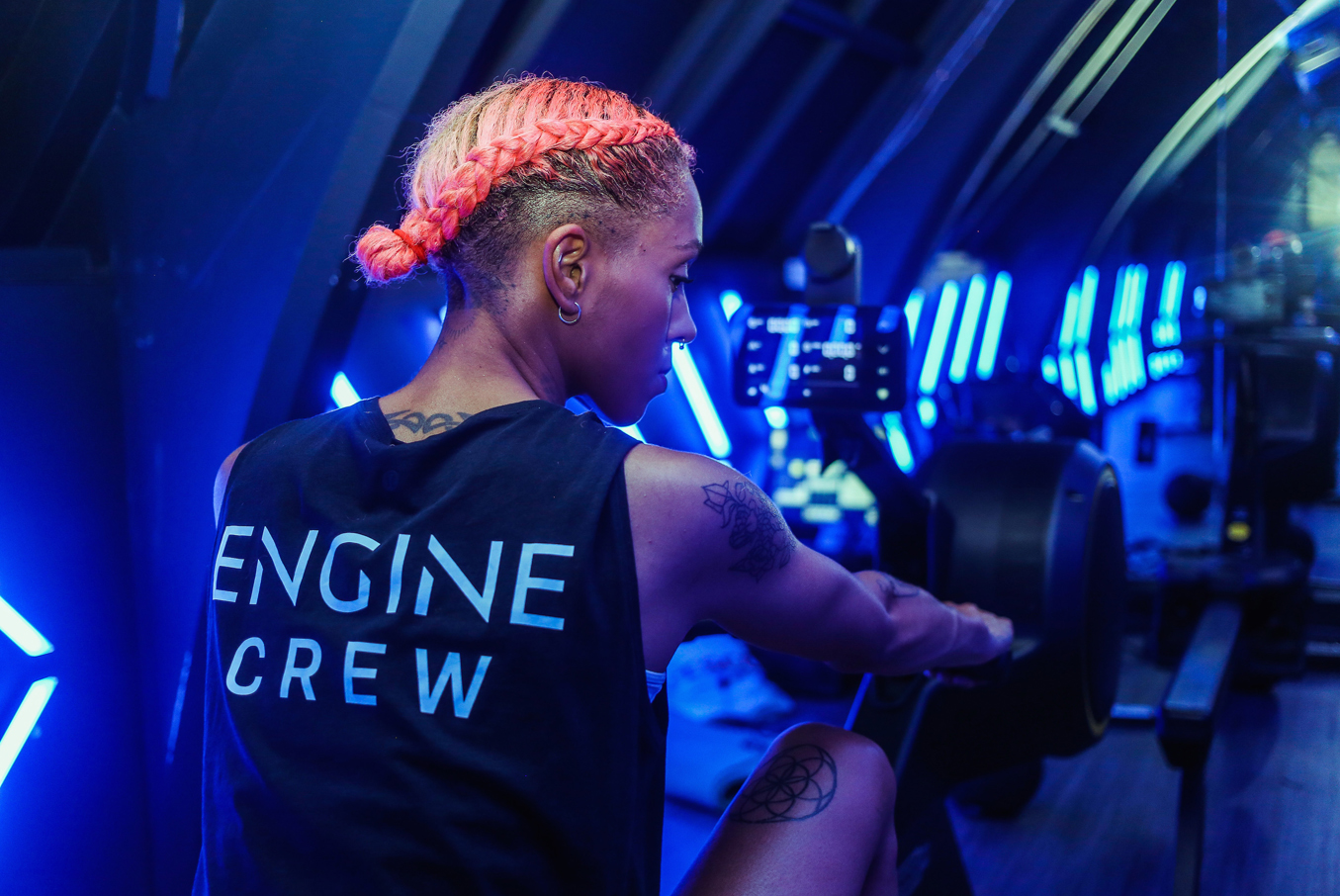latest fit tech news
Egym snaps up Hussle as it moves to dominate the corporate wellness market with its Wellpass product
Rowing: Rowing the Atlantic
Two innovative concepts from both sides of the Atlantic are on a mission to make indoor rowing accessible, inspiring and fun for members in New York and London
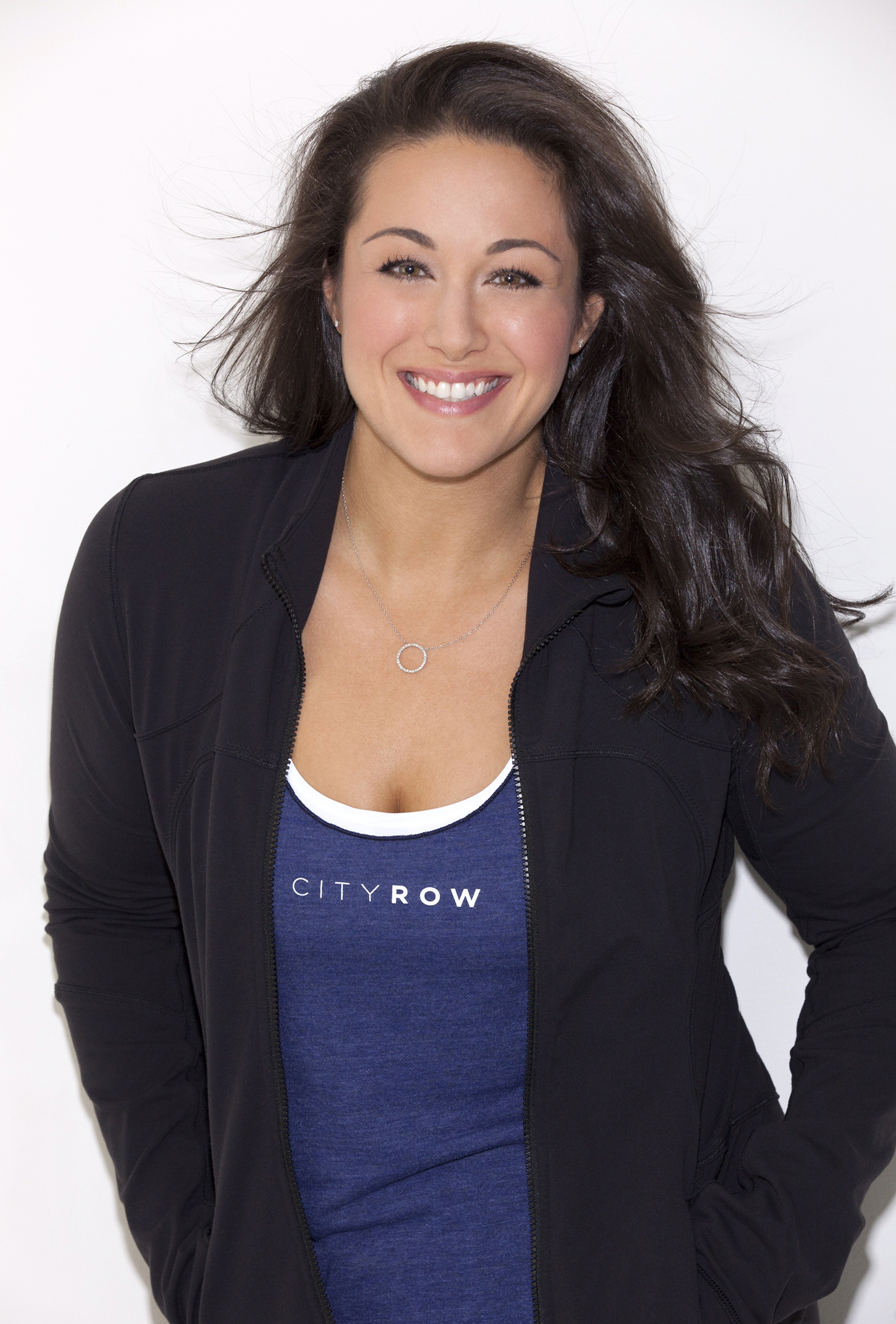
How did CityRow come about?
When I was in my 20s, living in New York and working for a tech start-up, I fell in love with group fitness: spinning, bootcamps and the whole culture around it. As a social life it suited me much more to have a sweaty workout brunch, or dinner, rather than burgers and beers.
Then I got injured and was diagnosed with three herniated discs in my lower back. I needed surgery and the doctor ordered me to give up high impact workouts. I was gutted: exercise was my social life and stress relief. At the time, the only low impact workouts on offer were mat Pilates and that doesn’t work for me, because I like to really sweat and get totally gassed.
During my research, rowing kept coming up as a high intensity, low impact exercise, which torches calories. Initially it didn’t appeal – I’d never been a crew rower and assumed rowing was only something that Crossfit dudes did. However, since it kept coming into my world I decided to look into it, and then discovered there was a complete lack of opportunities for indoor rowing.
I couldn’t understand why, if it was such a good form of exercise – working 84 per cent of muscles – there were no boutique rowing clubs. Rowing needed a makeover and I decided I was the one to do it, bringing it into the mainstream and making it accessible and fun.
How did you go about making your vision a reality?
To start with, I had to find the right equipment. I thought rowers were ugly, metal machines, but fell in love with the Water Rower, which is beautiful. Made out of wood, it uses water for resistance.
Next up, I needed to create a programme. Most people find rowing for an hour boring, so I wanted to build a HIIT workout, where they are on and off the machine doing strength and mobility exercises as well. I enlisted the help of an old friend and well known group fitness trainer, Annie Mulgrew, to build the programme. It’s a smart, effective workout, which is results driven, but doesn’t take its toll on the body. The goal was results today – body for life.
From ideation to launch, in January 2014, took about 18 months and I didn’t quit my job until the day we opened. The best advice I received was to keep making decisions to move the business forward, so there wasn’t just one day when I decided to make a go of it.
To start with I looked at the numbers, then I set up a website to assess demand, then the press caught on and I started talking to investors. All the time I was looking for locations – real estate was the biggest challenge and to this day continues to be the biggest challenge for our franchisees, or indeed anyone starting a retail concept!
What is the membership model?
Membership varies according to the package and tier, so between US$100 (£77, €87) and US$300 (230, €262). Individual classes cost US$32 (£25, €28).
Who does it appeal to and did the market need educating?
We opened with no marketing. Because it was a brand new concept, people were talking about it and the press were interested and the strength of the product kept people coming back.
Scaleable programming is really difficult to offer, but our classes are genuinely challenging for a mix of abilities, so they are all equally suitable for triathletes and my mum. We also attract a lot of millennials and a higher proportion of men than most boutiques. Some classes have a 50/50 split.
How have you grown since then?
We now have three clubs, two in Manhattan and one in Michigan, which we co-launched with a franchising partner. Further to this, there are 40 more franchised clubs across the US, but we’re ready to expand overseas and are getting a lot of enquiries from London.
Last year was all about setting the path forward and this year will be all about growth and execution, with plans to open 20 more locations across the country from LA to Florida.
As well as creating the franchise package in 2018, we launched Cityrow Go – an app that allows people to join in at home and track their data. It costs US$1,395 (£1069, €1218) for the rower and US$19 (£15, €17) a month for classes or US$180 (£138, €157) a year.
Have you inspired copycat fitness concepts?
For sure. People come from all over the country take a class and then take it back to their own market. They say imitation is a compliment, but I’d be lying if I didn’t admit to finding it annoying when they copy everything from the programming to the website copy, word for word. However, I’m lucky that I have an amazing creative team and we’re at the forefront. Like SoulCycle, we’ve created a concept that others want to copy.
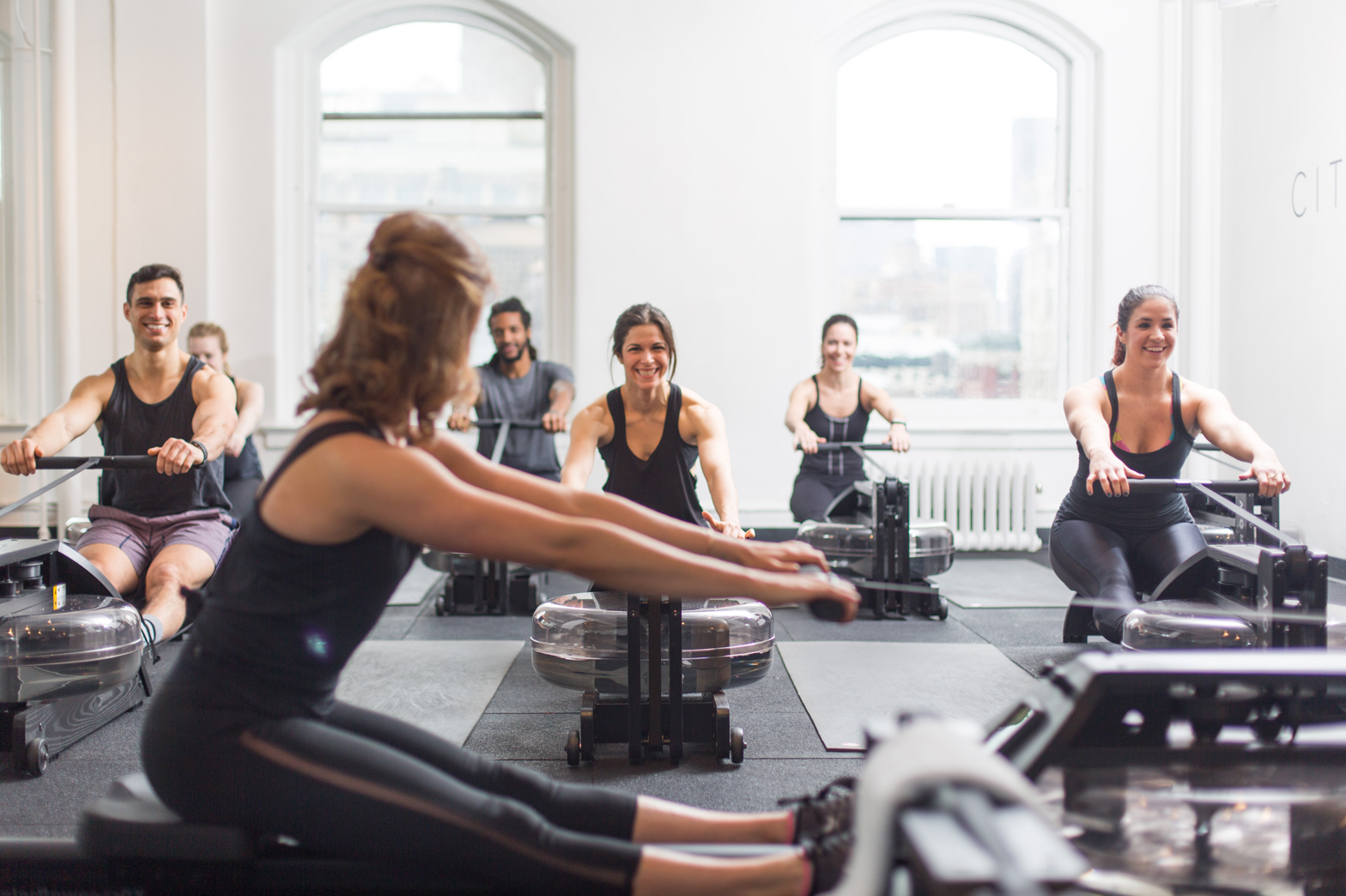
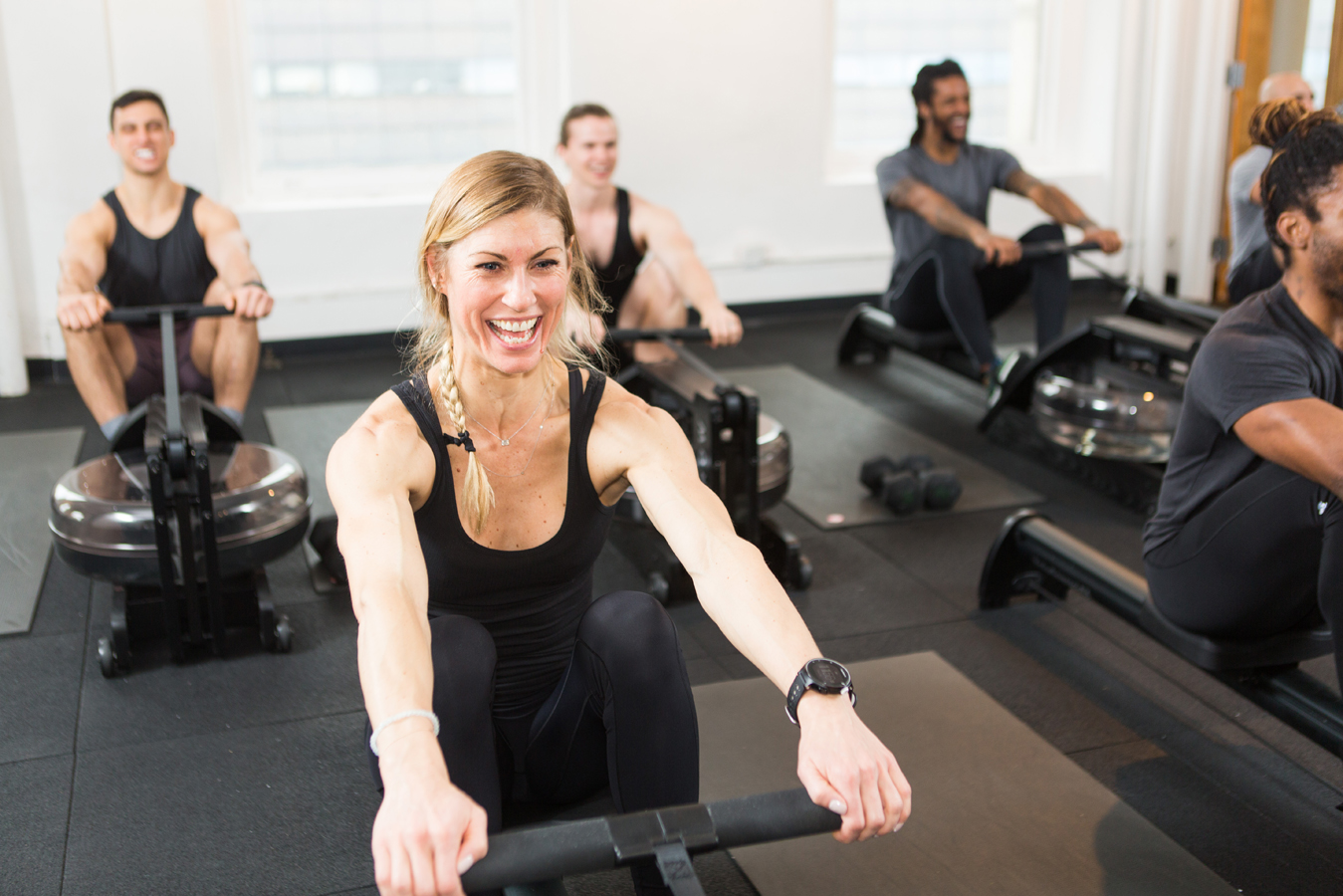
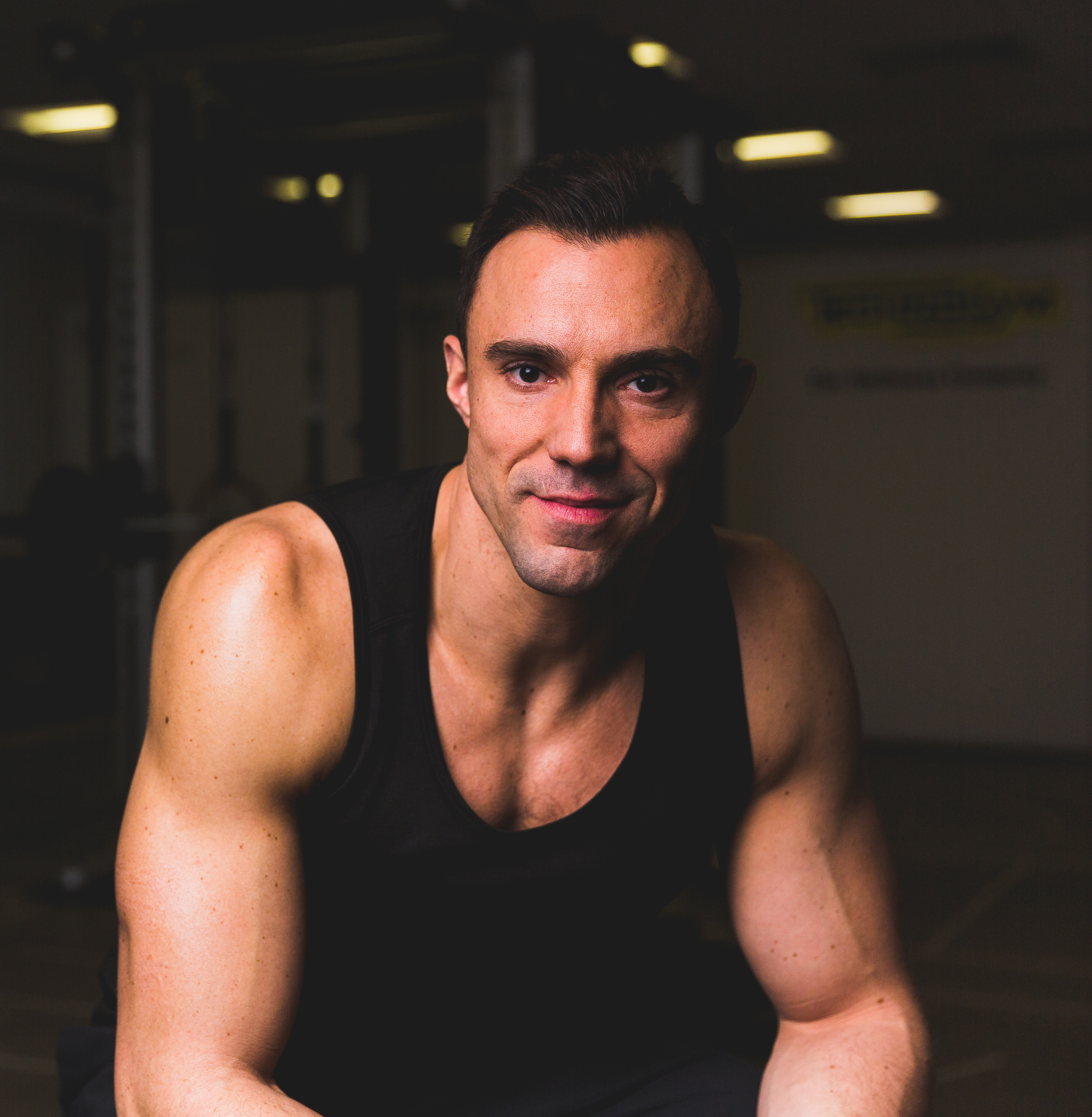
The Engine Room has launched in London – what’s it all about?
It’s a HIIT boutique rowing concept, where we teach people to row, while giving them an effective workout via six-week periodised plans. It’s not just about smashing them, I want them to learn a skill and develop a love of rowing, so they can then progress to open water rowing if they choose to.
I’m aiming to buck a couple of industry trends. Firstly, I want to teach people to row properly, because most gym goers don’t know how to build intensity on an ergo. Secondly, I want to use data and technology to deliver personalised, effective HIIT classes so that members get great results. Too often people don’t get the best out of a HIIT session because it’s too general for them.
Why did you choose rowing?
I wanted to be the first boutique rowing club because I really like indoor rowing and no one else is doing it. I also think people are ready for a change: they are getting a little bored of running and lifting and circuit studios.
Plus rowing is great exercise: research by British Rowing shows that it utilises 85 per cent of the body’s muscles across nine major muscle groups – compared to five for running – and can burn 300 calories in 30 minutes.
I spent three years doing research, going to every HIIT class in London and looked at the US concepts. Their rowing clubs are very vanilla, whereas we have put a massive focus on making the room immersive, with a bespoke light rig and big data screen. The building is also rather special: a former Grade II listed church in Marylebone, which has been fitted out by Berman Interiors and has lots of Instagrammable features.
I want to make rowing cool. No one has done it yet. I want to make it big and then take it to America. Rowing is English and we should be exporting it.
How are you going about this?
With world class kit, training and equipment! Also former Team GB rower and world champion Matthew Tarrant has come on board as brand ambassador and to help create two programmes, Beat and Breathe. Everyone has to do the induction class, Row 101, at least once, but ideally a few times, so that they understand the principles of rowing. On top of this we’ll also be offering one-to-one sessions.
Technology and data underpins everything: we’re using Technogym’s Skillrow – fully connected indoor rowing equipment that trains both power and cardio at the athlete’s level – combined with the Techbeats app to personalise the intensity and allow everyone to see their data on screen. We always have a race at the end of the class, which makes it more fun for everyone.
What is the model?
Both pay-as-you-go and membership options are on offer, with a single class costing around £20. We’re taking a dynamic approach to pricing, so it’s cheaper to book a week in advance than the day before. One-to-one coaching sessions are £30 for half an hour.
Who are your members?
Many of our clients are professionals in their 40s, 50s and 60s, who have more money than time and are looking for a good solution. There’s also a big gap in the market for teaching kids to row, so we’ll soon be starting our Row and Grow programme for children, offering sessions in the afternoon.
What are your future plans?
I’d like this to become the smart choice for boutique fitness in London. Using the Peloton model, we want to go online so people can buy a rowing machine for their home and log in online to join a class. The goal is to grow globally as fast as possible through franchising. Everything has been built so it can be picked up and dropped somewhere else.
